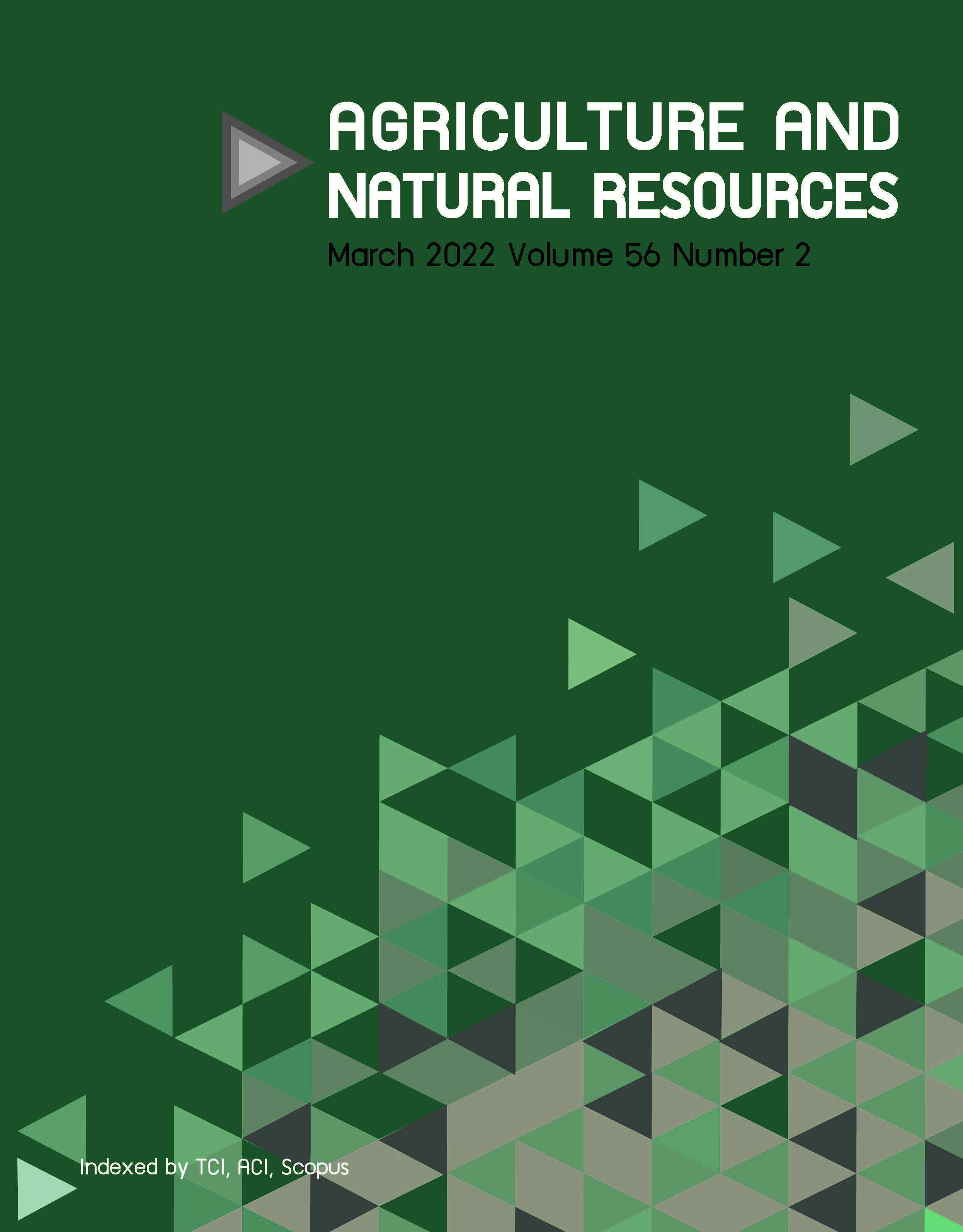Effect of bismuth contamination on soil biological properties
Keywords:
Biological indicators, Biotesting, Bismuth, Contamination, SoilAbstract
Importance of the work: Bismuth (Bi) compounds are now used increasingly in various industries as an alternative to toxic lead.
Objective: To study the effect of bismuth contamination on soil biological properties.
Materials & Methods: Three Southern Russian soil types, namely Haplic Chernozem Calcic, Haplic Arenosols Eutric and Haplic Cambisols Eutric, having significantly different resilience ability to Bi contamination were studied. Bismuth contamination of these soils was simulated in the laboratory by addition to the soil as conditional permissible concentrations of Bi nitrate of 1, 10 and 100, equivalent to 3 mg/kg, 30 mg/kg and 300 mg/kg, respectively. Changes in soil biological parameters were evaluated at 10 d, 30 d and 90 d after the contamination.
Results: The bismuth-contaminated soils generally lost their biological properties. The degree of recovery of biological soil properties depended on the concentration and duration of exposure to Bi. The toxic effect of Bi was identified at 10 d after the contamination, with the peak recorded on day 30. However, the soil biological properties of the Haplic Chernozem Calcic soil began to be restored up until day 90. The order of resilience to Bi contamination for the tested soils was: Haplic Chernozem Calcic > Haplic Arenosols Eutric > Haplic Cambisols Eutric.
Main finding: The suggested regional maximum permissible concentrations can be used for soil assessment not only in Southern Russia but also in similar soils worldwide as:8.5 mg/kg for Haplic Chernozem Calcic, 2.2 mg/kg for Haplic Arenosols Eutric and
1.8 mg/kg for Haplic Cambisols Eutric soils.
Downloads
Published
How to Cite
Issue
Section
License
Copyright (c) 2022 Kasetsart Universityonline 2452-316X print 2468-1458/Copyright © 2022. This is an open access article under the CC BY-NC-ND license (http://creativecommons.org/licenses/by-nc-nd/4.0/),
production and hosting by Kasetsart University of Research and Development Institute on behalf of Kasetsart University.







